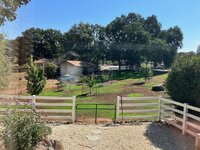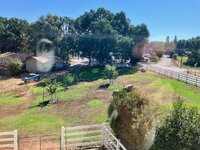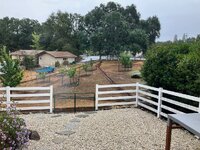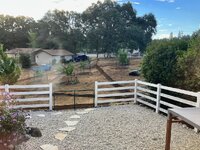Makes for a nicely greening lawn.
The sprinkler system give me hours of irrigation in each respective chunk and the " orchard".
Napkin math says
81 hours @ 15 GPM 72,900 gallons
2.3 KWH to pump to upper field x 186KWH @ .41 76.26
Irrigation water 750 for 6 month or 24 weeks is 31.25 a week x 5 or 156.25 of water cost.
Heres the last 5 week or so.








The sprinkler system give me hours of irrigation in each respective chunk and the " orchard".
Napkin math says
81 hours @ 15 GPM 72,900 gallons
2.3 KWH to pump to upper field x 186KWH @ .41 76.26
Irrigation water 750 for 6 month or 24 weeks is 31.25 a week x 5 or 156.25 of water cost.
Heres the last 5 week or so.








